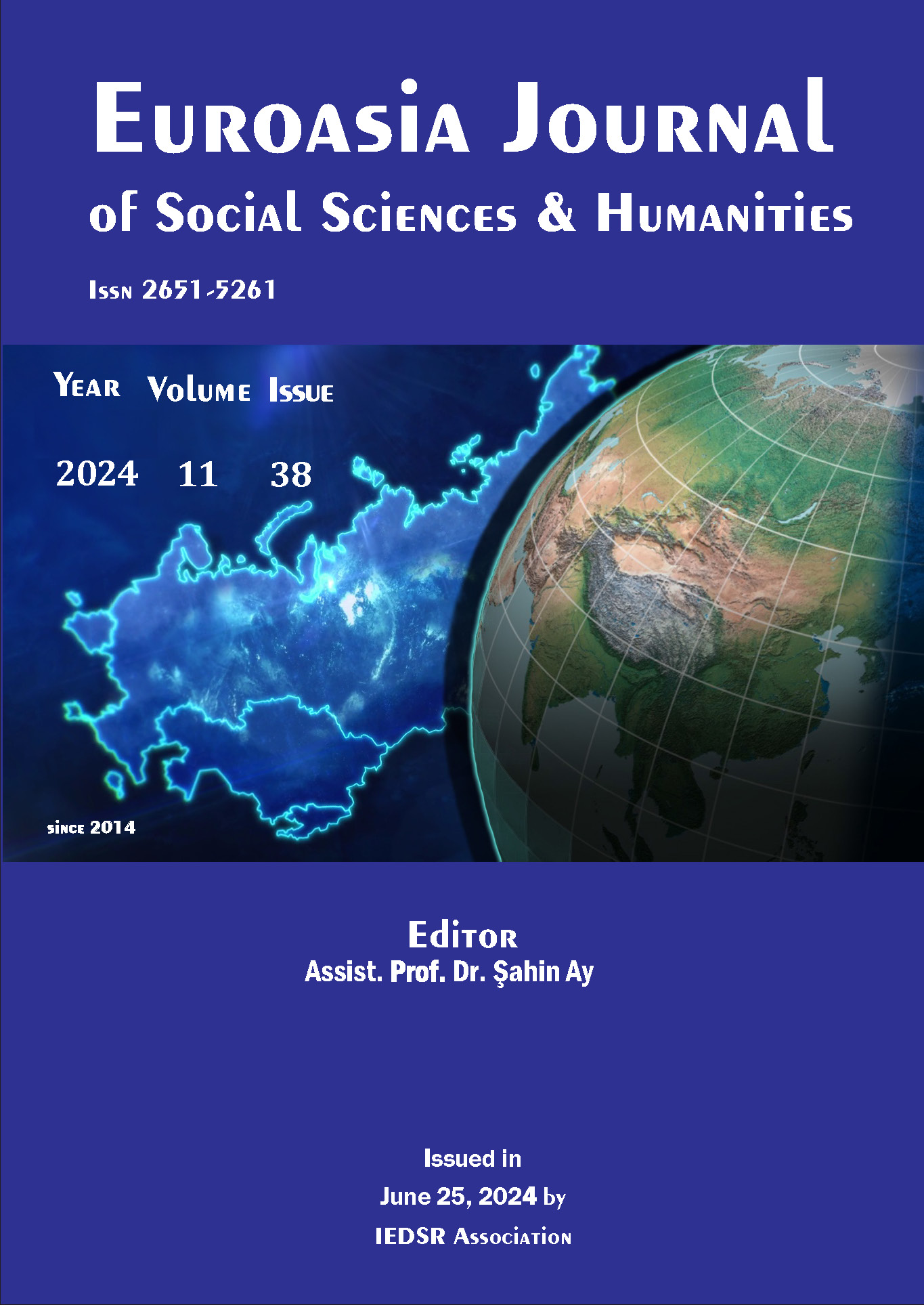System of Systems: Enterprise Resource Planning (ERP) and Impact on Business Activities
DOI:
https://doi.org/10.5281/zenodo.12702740Keywords:
Technological Change and Growth, Labor and Employment, Size and Structure, Manufacturing Businesses, Accounting and FinanceAbstract
Manufacturing enterprises, which are the locomotive of the economy, are very important in the development of countries. 99.7% of the businesses in Turkey, one of the developing countries, are small and medium-sized enterprises.
These enterprises within the scope of SMEs have a significant place when considering their contribution to employment in the country, the costs of employed personnel, their contribution to the economy, their total turnover and total production value. For this reason, in our study, a company operating in machinery manufacturing in Ankara was included within the scope of SMEs.
The company's contribution to employment and changes in the business structure as a result of top management decisions taken regarding technological changes were examined.
In the decisions taken by the management, financial analyzes were made in the light of the accounting data obtained through enterprise resource planning (ERP) and offers and suggestions were made in the light of the data obtained.
Downloads
References
Aktaş, R., Koçak, A., & Acar, V. (2010). Kurumsal Kaynak Planlaması, Teori ve Bilgisayar Destekli Uygulama Senaryoları. Ankara: Gazi Kitapevi.
Aydoğan, E. (2008, Ağustos). Kurumsal Kaynak Planlaması. Türkiye Sosyal Araştırmalar Dergisi, s. 109.
Büyükmirza, K. (2012). Maliyet ve Yönetim Muhasebesi. Ankara: Gazi Kitapevi.
Çetinoğlu, T., Kurnaz, N., & Şen, Y. (2011, Ağustos). Kurumsal Kaynak Planlaması: Yönetsel Karar Verme Açısından CP Group Uygulaması. Dumlupınar Üniversitesi Sosyal Bilimler Dergisi, s. 143.
Davenport, T. (2000). Mission Critical: Realising The Promise of Enterprise Systems. Harvard: Harvard Business School Press.
Demir, V., & Bahadır, O. (2006, Eylül). Muhasebe Öğretim Üyeleri Bilim ve Dayanışma Vakfı-MÖDAV, Muhasebe Bilim Dünyası Dergisi, 8(3).
Gök, M. Ş. (2005). ERP Sistemlerinin Firma Performansına Etkileri Üzerine Bir Saha Araştırması. İstanbul: İstanbul Ticaret Üniversitesi V.Ulusal Üretim Araştırmaları Sempozyumu Bildiriler Kitabı.
Işıktaş, İ. (2014). Kurumsal Kaynak Planlaması ve İşletme Maliyetleri ile Yönetime Stratejik Kararlar Alma Açısından Katkıları Üzerine Örnek Bir İmalat Sanayi İşletmesi Çalışması. Kütahya: Dumlupınar Üniversitesi, SBE, Yayımlanmamış Yüksek Lisans Tezi.
Poston, R., & Grabski, S. (2001). “Financial Impacts of Enterprise Resource Planning Implementations”. International Journal of Accounting Information Systems, s. 276.
Spathis, C., & Constantinides, S. (2004). Enterprise Resource Planning Systems' Impact on Accounting Processes. Business Process Management Journal, Vol:10, No:2.
TUİK. (2022, Aralık 26). Küçük ve Orta Büyüklükteki Girişim İstatistikleri, 2021. tuik.gov.tr: https://data.tuik.gov.tr/Bulten/Index?p=Small-and-Medium-Sized-Enterprises-Statistics-2021-45685 adresinden alındı
Yükçü, S., & Özkan, S. (2003). Teknolojik Gelişmelerin Maliyet Muhasebesine Etkileri. XXII.Türkiye Muhasebe Eğitimi Sempozyumu, (s. 156). Antalya.
Downloads
Published
How to Cite
Issue
Section
License
Copyright (c) 2024 EUROASIA JOURNAL OF SOCIAL SCIENCES & HUMANITIES

This work is licensed under a Creative Commons Attribution-NonCommercial 4.0 International License.

